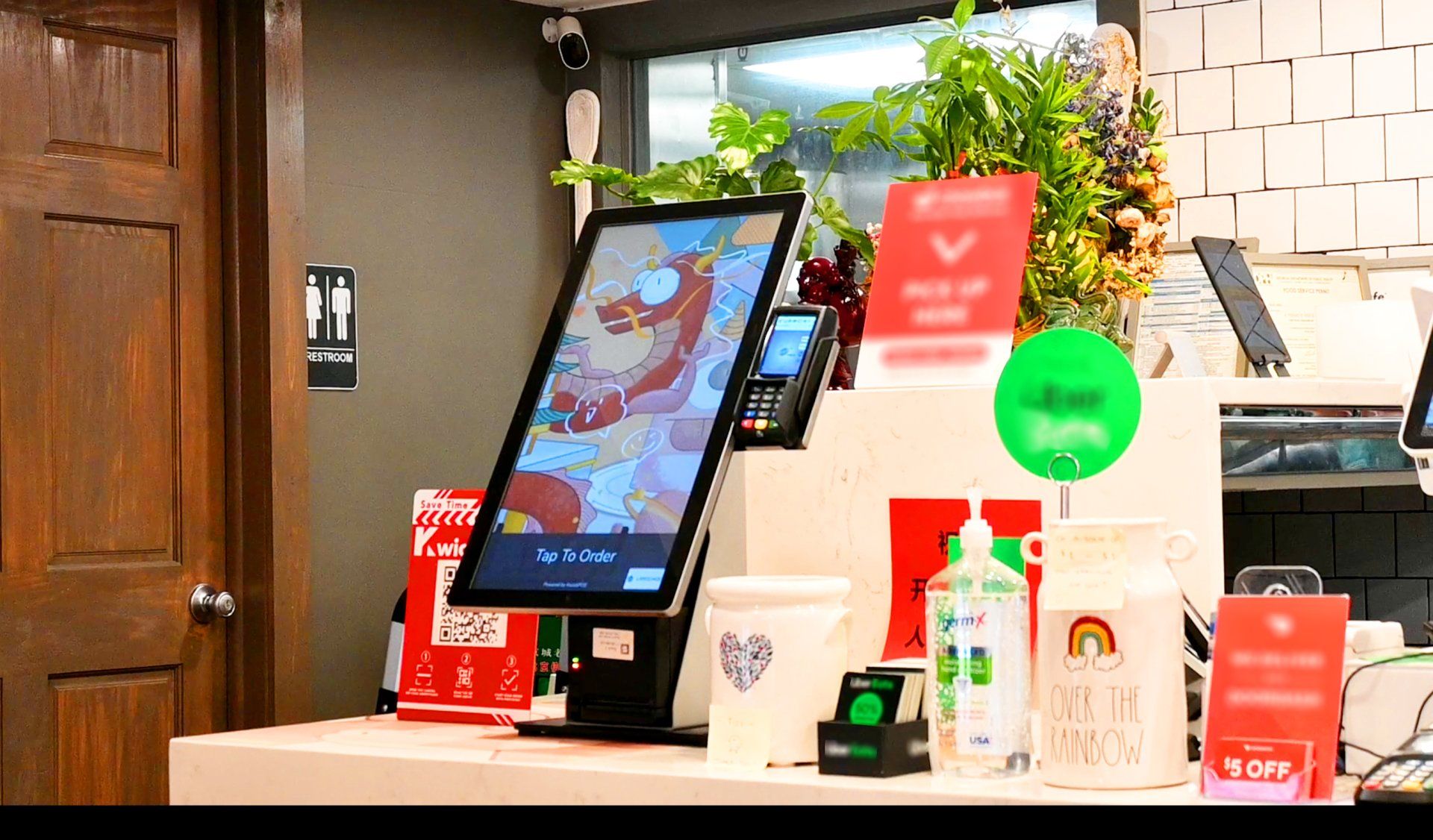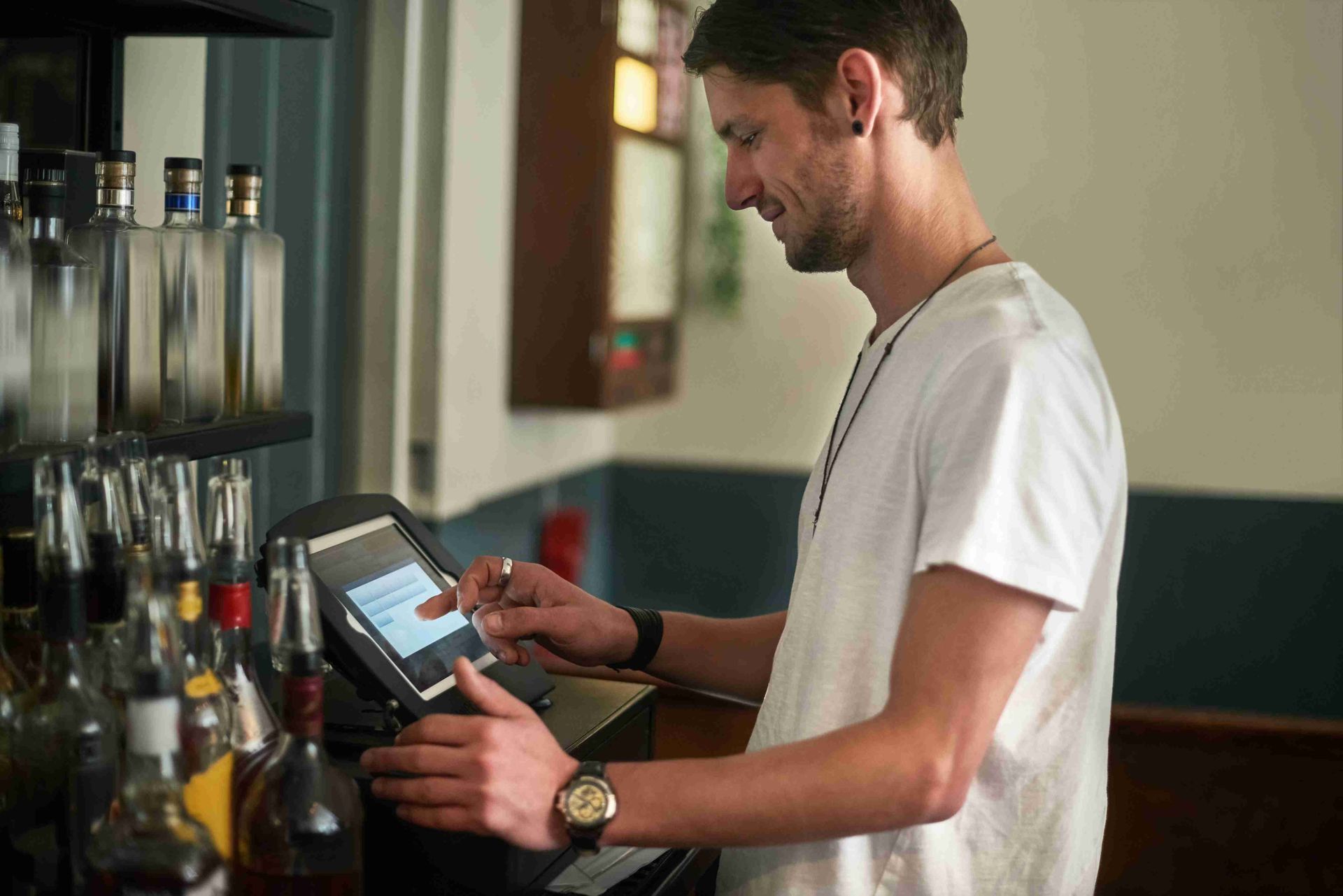NY Mets, partnered with Fiserv, grants 10 Asian-Owned Businesses $10,000 as AAPI Heritage Month is Heading to a Close
DISCLAIMER: This content is for informational purposes only and is not intended to be used as legal, accounting, tax, HR or other professional advice. You are responsible for you and your businesses' legal and regulatory compliance. Contact your attorney, accountant, or any other relevant professional for specific advice related to your own needs and circumstances.

On Monday, the New York Mets Baseball Team, along with sponsor Fiserv, gave out $10,000 grants to 10 Asian-Owned Businesses in the New York area. As Asian American and Pacific Islander Heritage Month is coming to a close, the grants were a generous gesture towards a community that has been struggling since the start of the pandemic.
The rise of hate crimes against the AAPI community within the last year and a half have taken its toll on many Asian Americans, including their businesses. Due to this rise in hate crimes that included anything from vandalization to violent physical attacks and even death, many people have been purposefully patronizing Asian-owned businesses to show solidarity and support. The NY Mets is the most recent to show their support for the AAPI Community. In the words of Fiserv’s Senior Vice President of Finance, Cindy Wen:
“We know so many small businesses have been impacted by the pandemic, particularly Asian-owned small businesses. In the wave of the violence and events of the past, we felt at our company it was really important to give back to the community (NextShark).”
Recipients of the grant were thankful for the relief the grants would give them and their businesses. Grant recipient, Chi Sum Ngai, owner and founder of Coffee Project, would describe the pandemic as “scary,” noting that they took time to reevaluate efficiency in the workplace. For Chi Sum Ngai, the grant was just a big bonus to help further their business. Another grant recipient, Eric Sze, owner and chef of the East Village restaurant 886, said that the grant money would go towards marketing their Taiwanese restaurant, in particular creating content for social media platforms like Instagram. Others like Jeremiah Stone, owner of Contra, said that they would use the money to improve upon the restaurant’s outdoor dining experience for the fast-approaching summer.
No matter how these businesses use the grants to further their goals, each and every one of them deserve the extra help that the NY Mets and Fiserv have given them. Yet, no matter how helpful these grants are, there are still many other small businesses that are reeling from the effects of the Covid-19 Pandemic. Thus, I implore you all to appreciate your fellow neighbor this AAPI Heritage Month and patronize small Asian-owned businesses.
By Livie Wang
Livie Wang is based in Atlanta, GA and has a background in marketing and branding. With many years of experience in the restaurant and retail industries, she brings forth a personalized view on the issues these industries face. She has been a regular contributor to the ZBS Blog, News and Resource Center since 2021.






